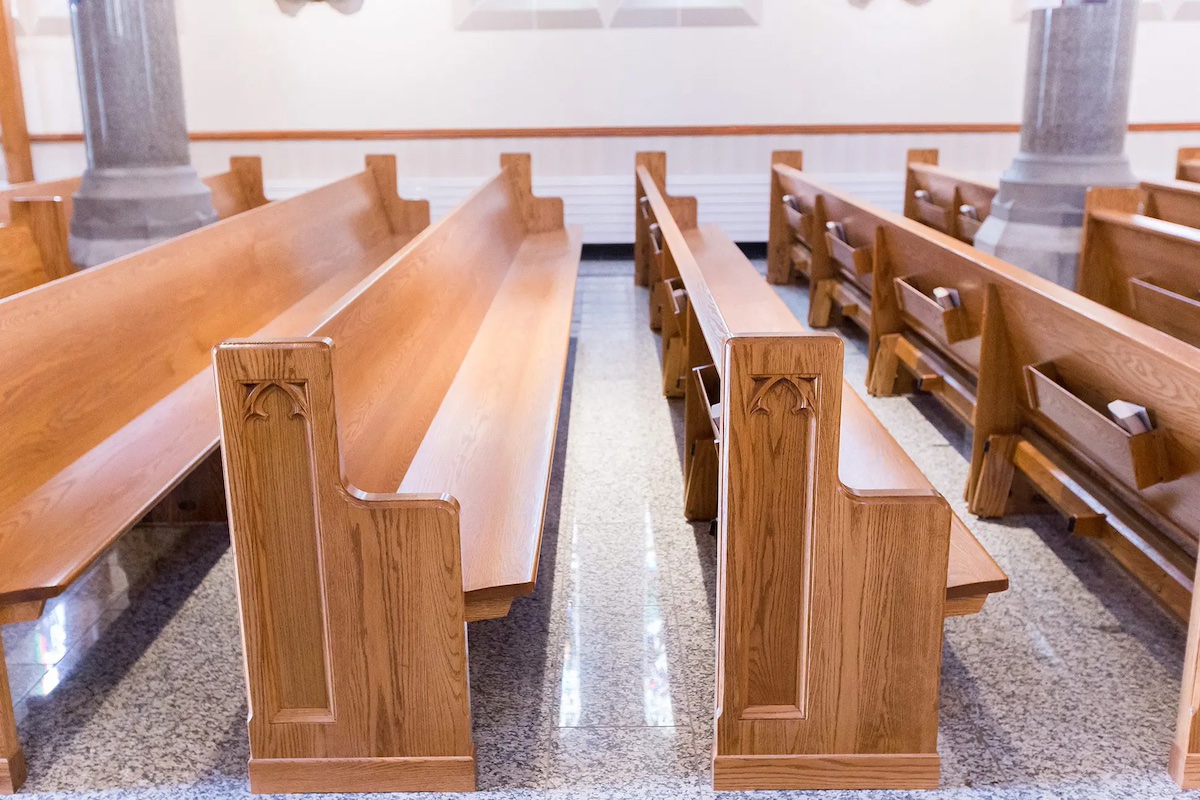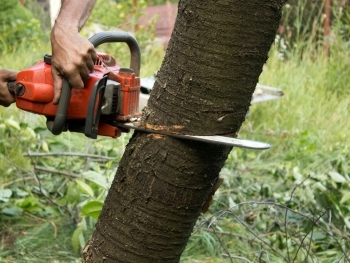Church pews are integral to the architecture and experience of many Christian worship spaces. They not only provide seating for congregants but also symbolize the communal nature of worship. Over the centuries, pews have evolved from simple benches to intricately designed furniture, reflecting changes in church architecture, worship practices, and societal norms. This article explores the history, design, and cultural significance of church pews, shedding light on their enduring presence in religious settings.
Historical Development
Early Christian Worship
In the early days of Christianity, congregants typically stood during services. Early Christian gatherings often took place in private homes or catacombs, where seating was not a primary concern. The focus was on the communal and participatory aspects of worship rather than comfort.
Medieval Period
As Christianity became more established and churches began to be built, the need for seating emerged. Initially, churches in the medieval period had no fixed seating. Congregants either stood or brought their own stools. The nave, the main body of the church, was often left open to accommodate large gatherings and processions.
By the 13th century, fixed seating began to appear in churches, primarily in the form of stone benches along the walls. These were reserved for the elderly or infirm, while most of the congregation continued to stand or kneel on the floor.
The Reformation and Beyond
The Protestant Reformation of the 16th century brought significant changes to church interiors, including the introduction of pews. As Protestant services placed greater emphasis on preaching and the congregation’s ability to hear the sermon, seating became more important. Pews, with their fixed rows and benches, provided a practical solution, ensuring that everyone could sit and listen attentively.
The adoption of pews spread quickly across Protestant churches in Europe and America. They were often simple in design, reflecting the Protestant ideals of modesty and simplicity. However, as time went on, pews became more elaborate, especially in wealthier congregations, incorporating intricate carvings, cushions, and even personal nameplates.
Design and Architecture
Materials and Construction
Pews are traditionally made of wood, with oak being a popular choice due to its durability and aesthetic appeal. Other woods like pine, walnut, and mahogany have also been used. The construction of pews involves skilled carpentry, with attention to both functionality and artistry.
Early pews were often simple wooden benches. Over time, the design evolved to include backs, armrests, and kneelers. The craftsmanship of pews became an important aspect of church interior design, with some pews featuring elaborate carvings, inscriptions, and decorative end panels known as "pew ends."
Layout and Arrangement
The layout of pews within a church is influenced by the architectural style of the building and the liturgical practices of the denomination. In traditional church architecture, pews are arranged in rows facing the altar, with a central aisle dividing the nave. This arrangement reflects the hierarchical nature of worship, directing the congregation's focus toward the altar and the clergy.
In modern church design, pew arrangements can be more flexible, accommodating different worship styles and congregational needs. Some churches opt for curved or angled pews to create a more inclusive and communal atmosphere. Others may use movable seating to allow for different configurations depending on the type of service or event.
Cultural and Social Significance
Symbolism and Function
Pews serve both a functional and symbolic role in Christian worship. Functionally, they provide a place for congregants to sit, kneel, and even store personal belongings during the service. Symbolically, pews represent the communal aspect of worship, where individuals come together as one body to participate in the liturgy.
The design and arrangement of pews can also reflect the theological and social values of a congregation. For instance, some churches may have pews with individual armrests or kneelers to emphasize personal devotion, while others may have simple, unadorned benches to highlight humility and equality.
Social Hierarchies and Pews
Historically, pews were often a reflection of social hierarchies within the congregation. In many churches, wealthy families would purchase or rent pews, which would then be marked with nameplates. These pews were often located in the most desirable locations, such as near the front of the church or along the central aisle. Poorer congregants would sit in less desirable locations or stand at the back of the church.
This practice of pew renting or ownership persisted into the 19th century in many places, creating a clear distinction between different social classes within the church. However, the democratization of pews, where seating became free and open to all, eventually became the norm, reflecting broader societal changes toward equality and inclusiveness.
Modern Trends and Innovations
In recent decades, there has been a shift toward more flexible and inclusive seating arrangements in churches. Many modern churches use movable church chairs instead of fixed pews to allow for different configurations and uses of the worship space. This flexibility accommodates a variety of activities, from traditional services to community events and social gatherings.
Additionally, contemporary pew designs often incorporate ergonomic features to enhance comfort, such as contoured seats and backs, padded cushions, and adjustable kneelers. Some churches also prioritize accessibility, ensuring that pews are designed to accommodate people with disabilities.
Church pews are more than just seating; they are a testament to the evolving nature of Christian worship and church architecture. From their humble beginnings as simple benches to their current iterations as flexible, ergonomic seating, pews have continually adapted to meet the needs and values of congregations. They reflect the communal and participatory spirit of worship while also serving as a canvas for artistic expression and social symbolism.
As churches continue to evolve, so too will their seating arrangements, balancing tradition with innovation to create welcoming and inclusive spaces for all who come to worship. The story of church pews is a rich tapestry of history, design, and cultural significance, illustrating the profound connection between faith and the spaces where it is practiced.




